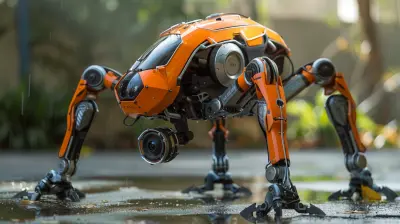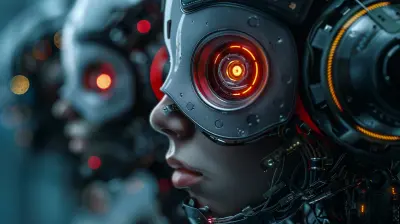Green Computing: Reducing Energy Consumption in Data Centers
7 September 2025
Data centers are the beating hearts of our digital world. Every time you send an email, stream a video, or save a photo to the cloud, you're tapping into the vast resources of these data centers. But here's the kicker: they consume a ton of energy. How much, you ask? Well, data centers account for around 1% of global electricity demand, and that number is only rising.
With climate change knocking on our doors and everyone becoming more conscious of sustainability, there's been a growing push to reduce the environmental impact of these energy-hogging giants. Enter green computing. It's not just a buzzword—it's a movement that’s transforming how we manage and operate data centers.
So, how can we reduce energy consumption in data centers without compromising performance? Let’s dive in and explore!
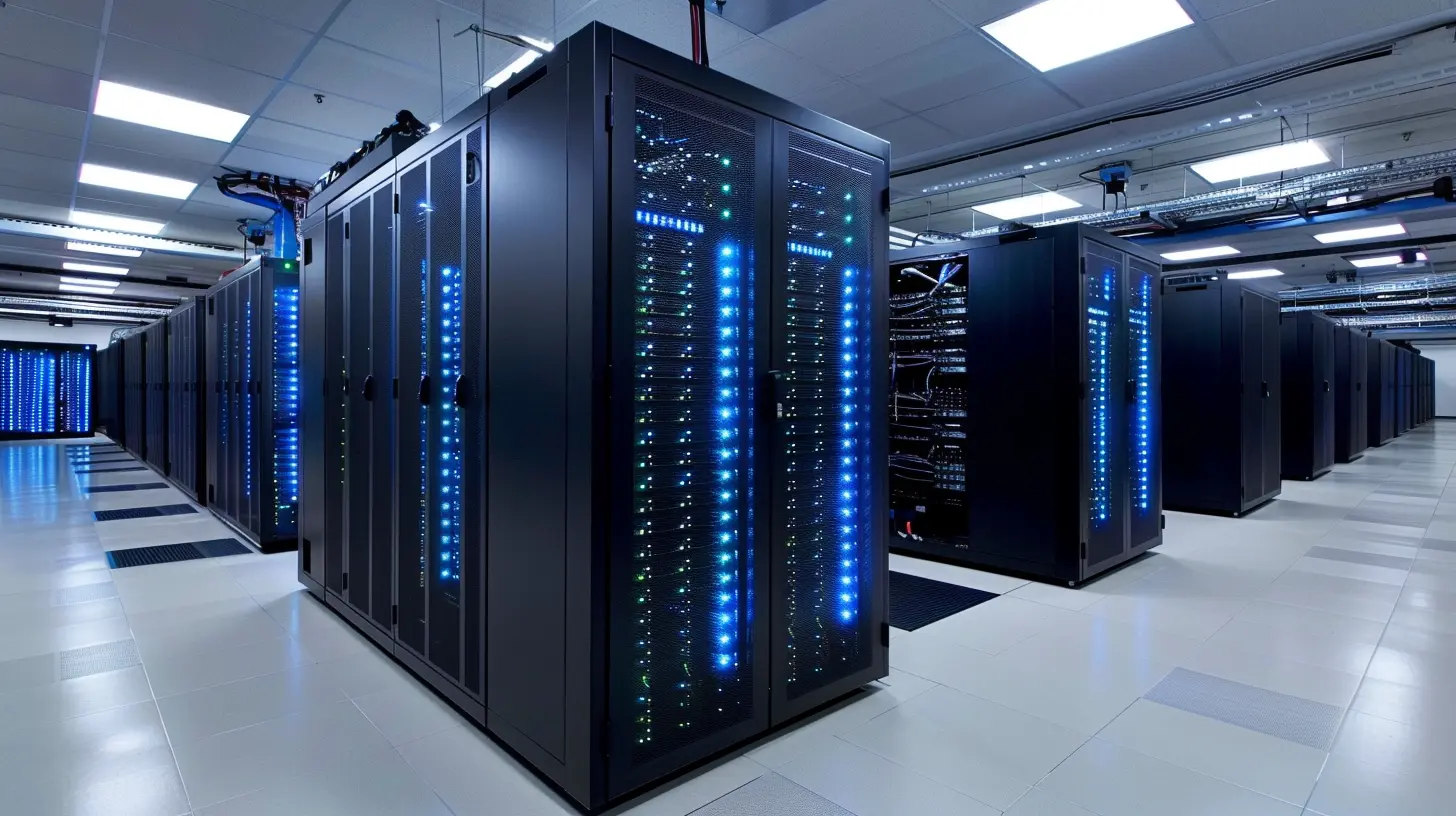
What Is Green Computing?
Before we get into the nitty-gritty, let's break it down. Green computing, also known as green IT, is all about designing, using, and disposing of computers and related systems in an eco-friendly way. It's about using energy efficiently, reducing e-waste, and minimizing the overall carbon footprint of our technology.In the context of data centers, green computing means using less energy to run the servers, cooling systems, and other equipment. Sounds simple, right? But trust me, it's easier said than done.
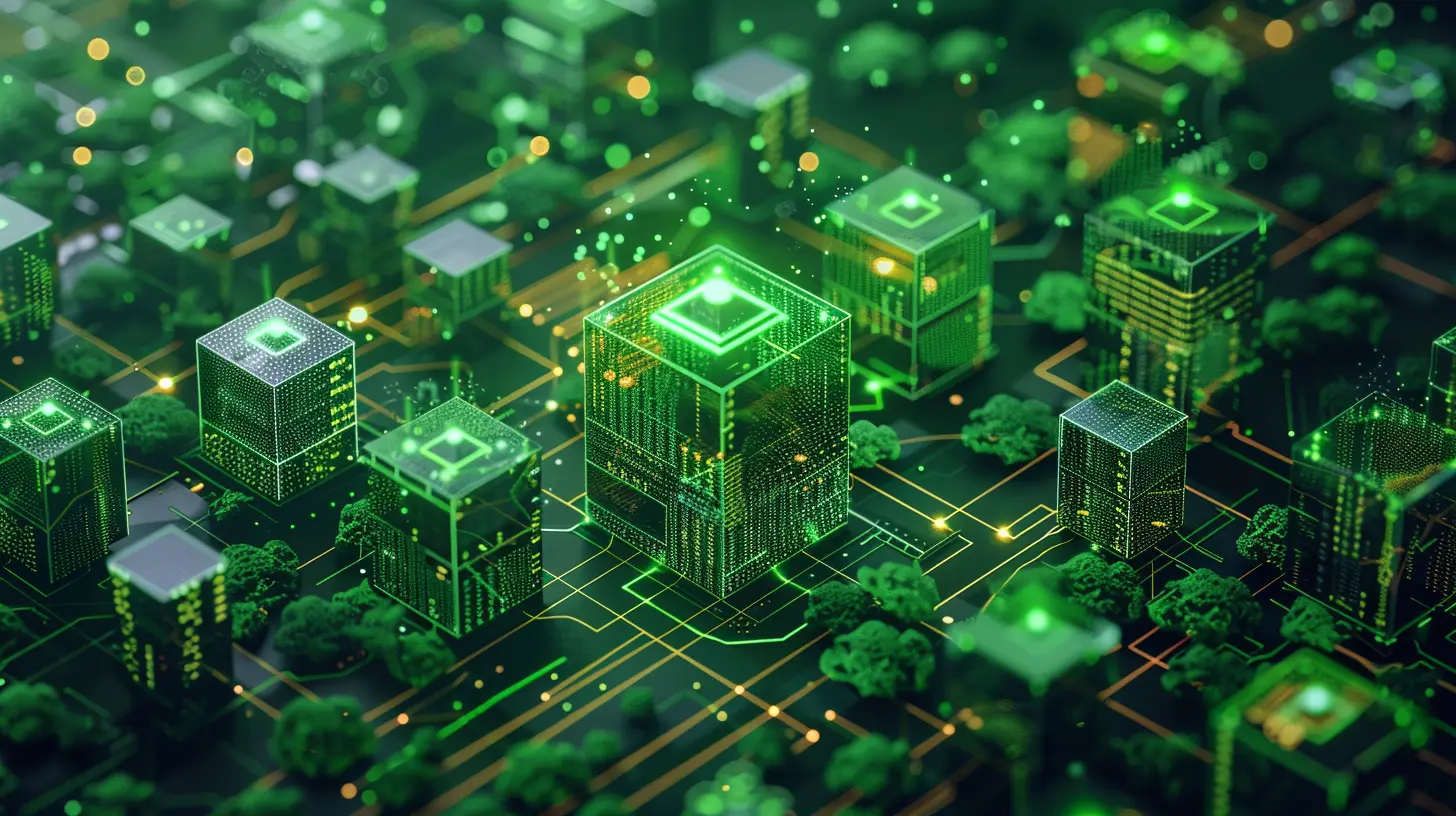
Why Should We Care About Data Center Energy Consumption?
Why should we even bother thinking about how much energy data centers are using? After all, they’re just big rooms filled with servers, right? Well, not exactly.Data centers are massive energy consumers, and as our reliance on cloud services, AI, and streaming platforms increases, so does their energy consumption. More energy consumption means more greenhouse gas emissions unless we’re tapping into renewable energy sources.
If we don't take action, the environmental impact could be disastrous. And here's the thing—reducing energy consumption in data centers isn't just good for the planet; it's also good for business. Lower energy bills mean lower operating costs, which can boost the bottom line. So, it’s a win-win situation!
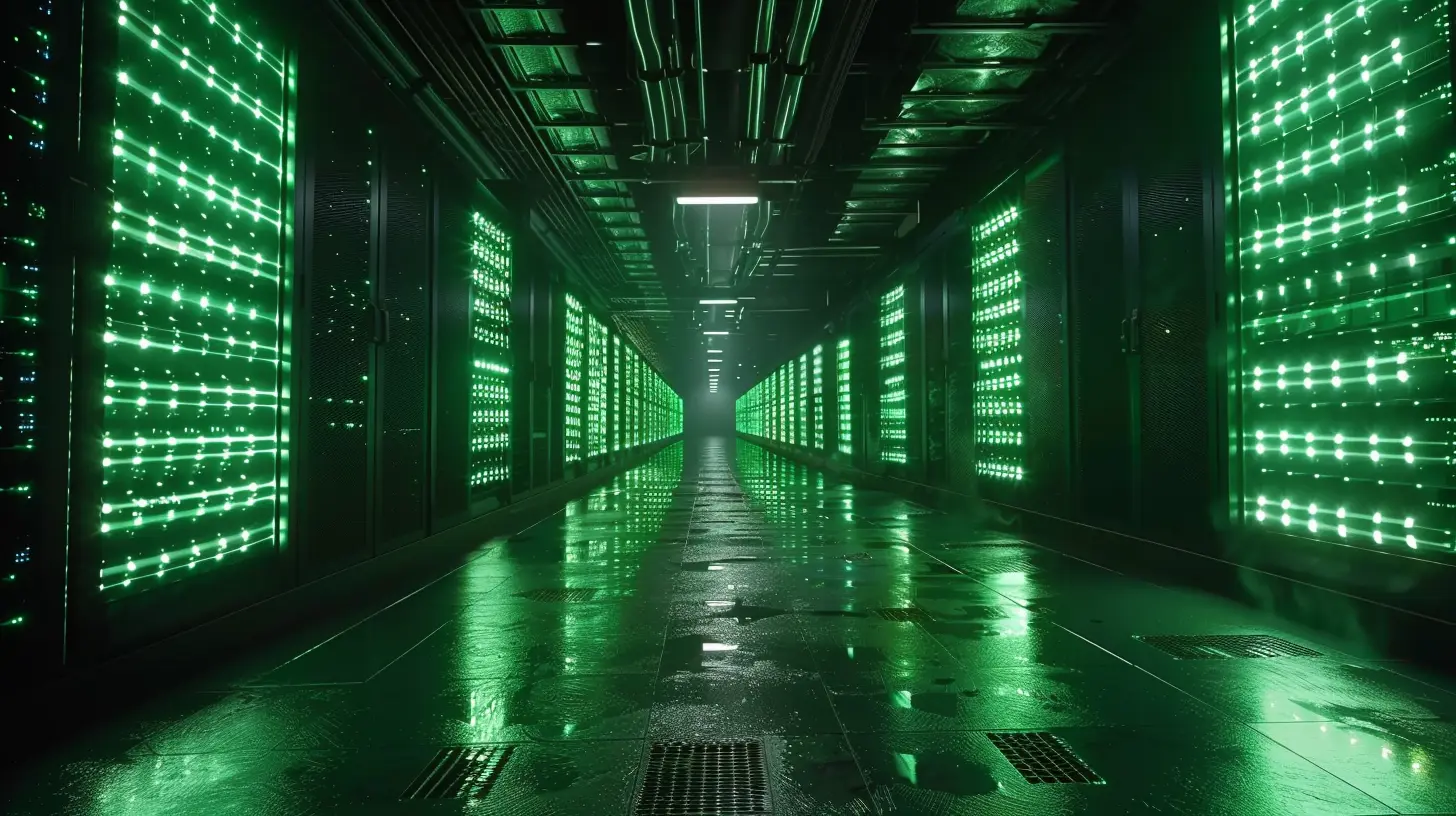
Key Strategies for Reducing Energy Consumption in Data Centers
Now that we've established why this is important, let's get to the fun part—how we can actually reduce energy consumption in data centers. Here are some of the most effective strategies that are being used today:1. Efficient Cooling Systems
One of the biggest energy drains in data centers is keeping everything cool. Servers generate a lot of heat, and if you’ve ever had your laptop overheat and shut down, you’ll understand why keeping things cool is essential. The thing is, traditional cooling systems can be incredibly inefficient.But there's good news. Companies are now using more energy-efficient cooling methods like liquid cooling and free cooling. Instead of using air conditioners that gobble up electricity, liquid cooling involves circulating coolants through pipes to absorb heat more efficiently. Free cooling, on the other hand, uses the natural cold air from outside to cool servers, which can save a huge amount of energy.
2. Virtualization
Virtualization is a fancy term, but it’s actually a pretty simple concept. Instead of using one physical server for one task, virtualization allows multiple tasks (or virtual machines) to run on a single server. This helps cut down on the number of physical servers required, which in turn, reduces energy consumption.Imagine it like carpooling for servers. Instead of every person driving their own car (which uses more gas), several people share one car. Fewer cars on the road mean less fuel burned, and it's the same idea with virtualization. Fewer servers mean less energy consumed.
3. Energy-Efficient Hardware
Not all servers are created equal. Some are more power-hungry than others. But as technology advances, manufacturers are creating more energy-efficient hardware designed to do the same job while using less energy.For instance, solid-state drives (SSDs) use less power and generate less heat than traditional hard drives. Plus, newer processors and RAM are optimized to be more energy-efficient while still delivering top-notch performance. So, by upgrading to the latest hardware, data centers can significantly cut their energy consumption.
4. Renewable Energy Sources
This is the holy grail of green computing: powering data centers with renewable energy. Some companies are already leading the charge. For example, big names like Google and Amazon have made significant investments in solar, wind, and other renewable energy projects to power their data centers.However, shifting to renewable energy is not always a quick or easy process. It requires investment in infrastructure and a reliable source of renewable energy. But once established, the benefits are enormous—not only for the environment but also for long-term energy costs.
5. Optimizing Server Utilization
Ever notice that leaving your car idling burns gas for no reason? The same thing happens with underutilized servers—they’re running and consuming energy without being fully used. That’s why optimizing server utilization is crucial.By using tools that monitor and manage workloads, data centers can ensure that their servers are being used as efficiently as possible. This can involve shutting down idle servers or consolidating workloads onto fewer servers. It’s all about doing more with less.
6. Data Center Design and Location
Believe it or not, where you put your data center can have a huge impact on its energy consumption. For example, data centers located in cooler climates can take advantage of the natural environment to help with cooling.Additionally, modern data centers are being designed with energy efficiency in mind from the ground up. This includes using energy-efficient building materials, optimizing airflow, and even installing green roofs to reduce the heat island effect.
7. PUE (Power Usage Effectiveness) Optimization
PUE is one of those industry terms that sounds complicated, but it’s actually pretty simple. It’s a measure of how efficiently a data center uses energy. The closer the PUE is to 1.0, the more efficient the data center.To improve PUE, data centers can focus on reducing the energy used for things other than computing, like cooling and lighting. By regularly monitoring and improving PUE, data centers can stay on track to becoming more energy-efficient.
8. AI and Machine Learning
Here’s where things get futuristic. AI and machine learning are being used to optimize data center operations in real time. These technologies can analyze massive amounts of data to predict things like server load, cooling needs, and even equipment failures.By automatically adjusting systems based on these predictions, AI can help data centers run more efficiently and use less energy. It’s like having a super-smart assistant that’s always looking for ways to save energy.
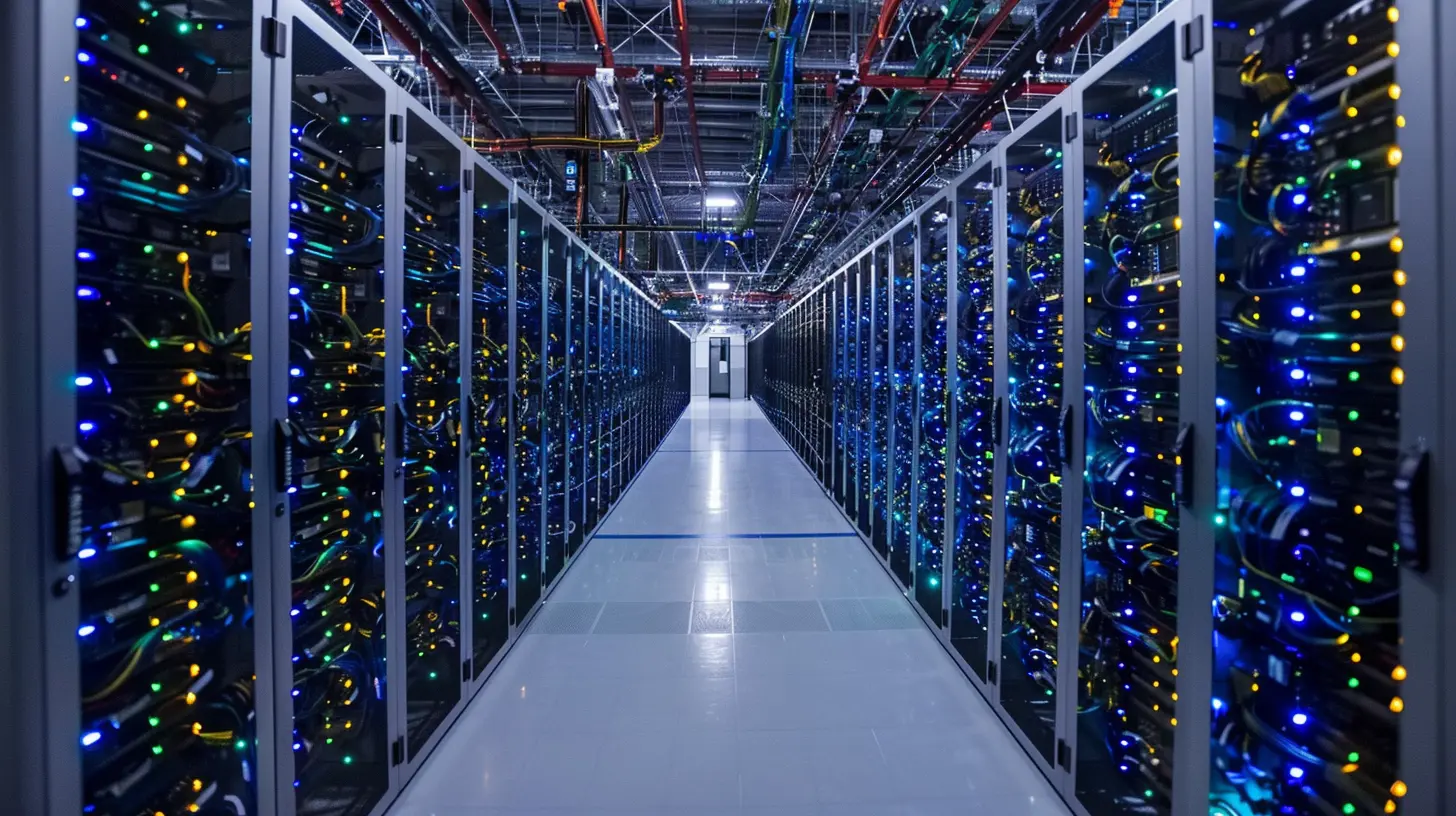
The Road Ahead: Challenges and Opportunities
So, are we on the fast track to making all data centers green? Well, not quite. While there’s been a lot of progress, there are still some challenges to overcome.For one, the upfront costs of implementing green technologies can be high. Upgrading to energy-efficient hardware, investing in renewable energy, and redesigning data centers all require significant investment. However, the long-term savings often outweigh the initial costs, making it a smart move for companies willing to play the long game.
Another challenge is scalability. While large tech companies like Google, Microsoft, and Amazon have the resources to build massive, energy-efficient data centers, smaller companies might not. But as green technologies become more affordable and widespread, we can expect to see more businesses jumping on board.
On the bright side, the push for sustainability isn’t going anywhere. Governments are introducing regulations to ensure businesses reduce their carbon footprints, and consumers are becoming more environmentally conscious. This means the demand for green computing will only continue to grow.
Conclusion: A More Sustainable Future
Green computing isn’t just a trend—it’s the future. As we continue to rely more on technology, data centers will play an even bigger role in our lives. But that doesn’t mean they have to come at the expense of the environment.By adopting energy-efficient cooling systems, utilizing virtualization, investing in renewable energy, and optimizing server usage, we can significantly reduce the energy consumption of data centers. While there are challenges to overcome, the long-term benefits for both businesses and the planet are undeniable.
So, the next time you’re binge-watching your favorite show or saving files to the cloud, take a moment to think about the data centers behind the scenes—and the steps we can take to make them greener.
all images in this post were generated using AI tools
Category:
Green TechnologyAuthor:

Michael Robinson
Discussion
rate this article
1 comments
Duke Rivera
Embracing green computing in data centers not only boosts efficiency but also paves the way for a sustainable future. Every small step we take towards reducing energy consumption contributes to a healthier planet. Let’s innovate and inspire change—together, we can create a greener tomorrow!
September 9, 2025 at 11:13 AM

Michael Robinson
Thank you for highlighting the importance of green computing! Every effort counts in our journey towards a sustainable future, and together we can drive meaningful change in data centers.

